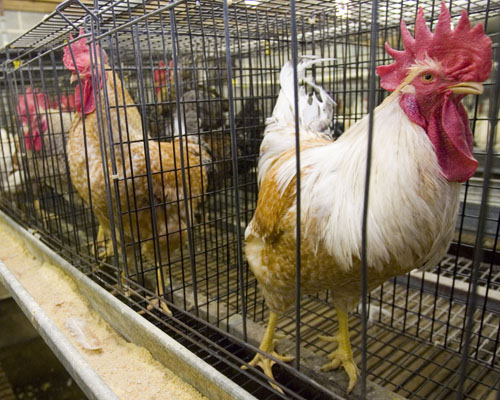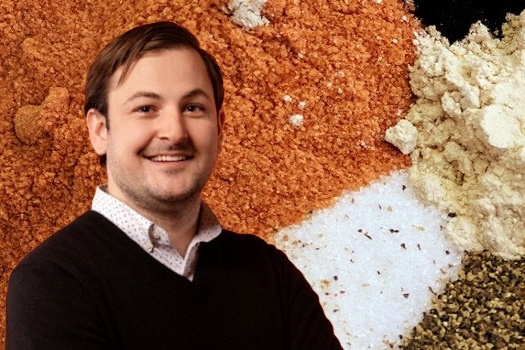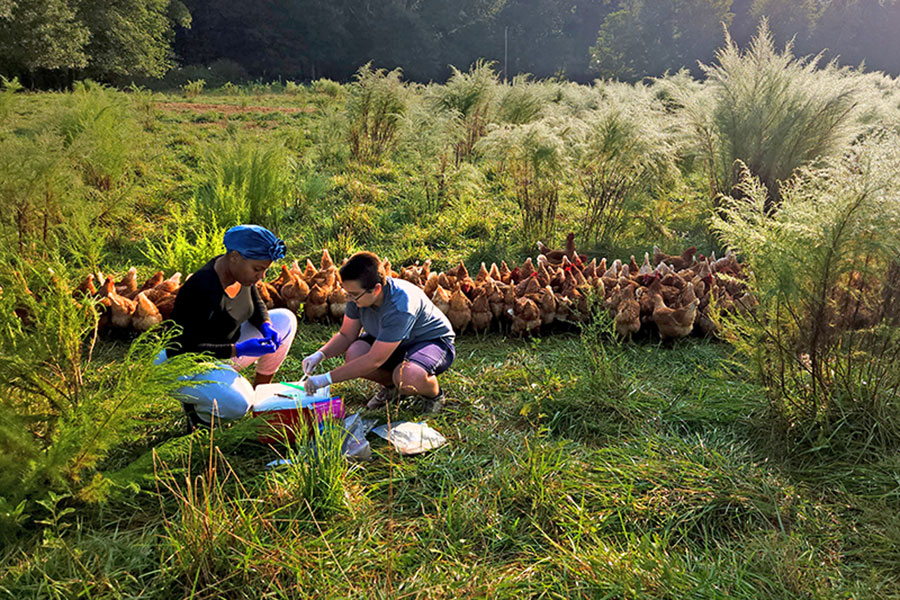Salmonella appears on organic poultry farms less often than conventional poultry farms, according to a recent University of Georgia study.
“There have been a lot of studies that compare salmonella percentages on the retail level. We wanted to look at salmonella at the farm level,” said Walid Alali, a food epidemiologist with UGA Center for Food Safety in Griffin, Ga.
The study was published in the Nov. 2010 issue of Foodborne Pathogens and Disease.
Seven North Carolina farms tested
Alali tracked salmonella, a pathogen that causes foodborne illness, on three organic poultry farms and four conventional poultry farms in North Carolina. The study was conducted in North Carolina because there are no certified organic poultry farms in Georgia. All farms were operated by the same company.
“There are natural- and pasture-fed farms (in Georgia), but that’s not certified organic,” he said. “In order to be certified organic, the birds must be raised without the use of antibiotics, be fed organic diets free of animal byproducts and have access to the outside environment.”
At each of the seven farms, Alali collected chickens feces, feed and water samples over two production periods, or two consecutive flocks. He tested the samples for salmonella in his laboratory in Griffin.
Organic feed was pathogen-free
“We found that the percentage of salmonella on conventional farms was a lot higher than that found on the organic farms,” he said. “The main possible reason for this is that we found no salmonella in the organic birds’ incoming feed.”
Salmonella percentages are higher on conventional farms also because there are more birds per house on conventional farms than on organic farms. “When there are more birds, it’s easier to transfer salmonella from bird to bird,” he said.
He also tested the salmonella he found for resistance to a number of antibiotics. “Antibiotic-resistant salmonella was higher in conventionally raised birds than in organic birds,” he said.
Cook poultry throughly, avoid cross contamination
The UGA study is helpful for poultry growers, he said, but at home, consumers should still be careful not to transfer juices from raw meats, like chicken, to other foods or countertops, he said, regardless of organic or conventional.
“More cases of foodborne illness are tracked back to cross contamination of foods than to undercooked chicken,” he said. “Most people know to cook chicken well because no one wants to eat chicken raw or undercooked. It’s not like cooking a steak.”
Alali plans to compare salmonella levels on conventional and organic farms at all stages of the production cycle, from the farm to the table.








